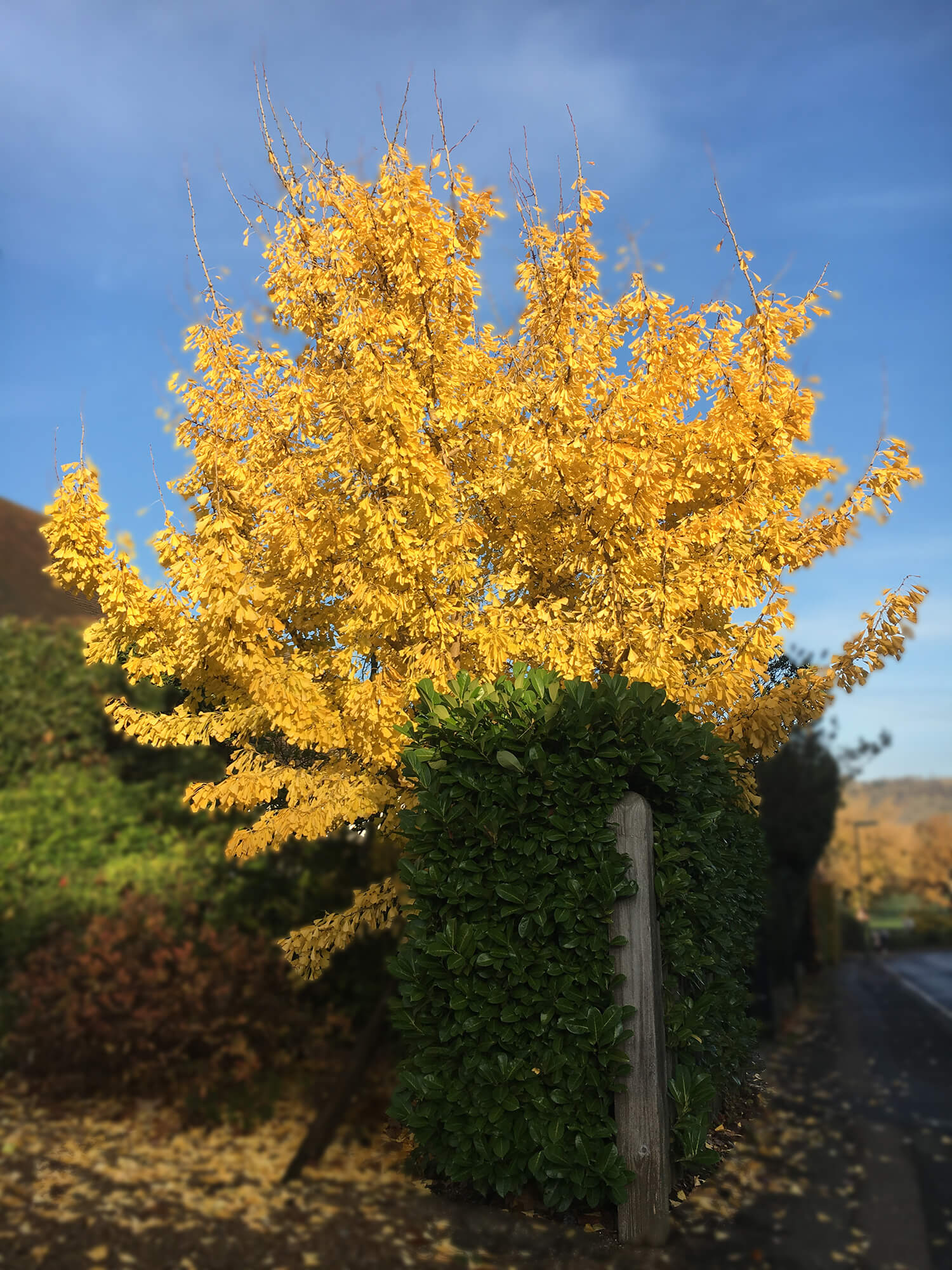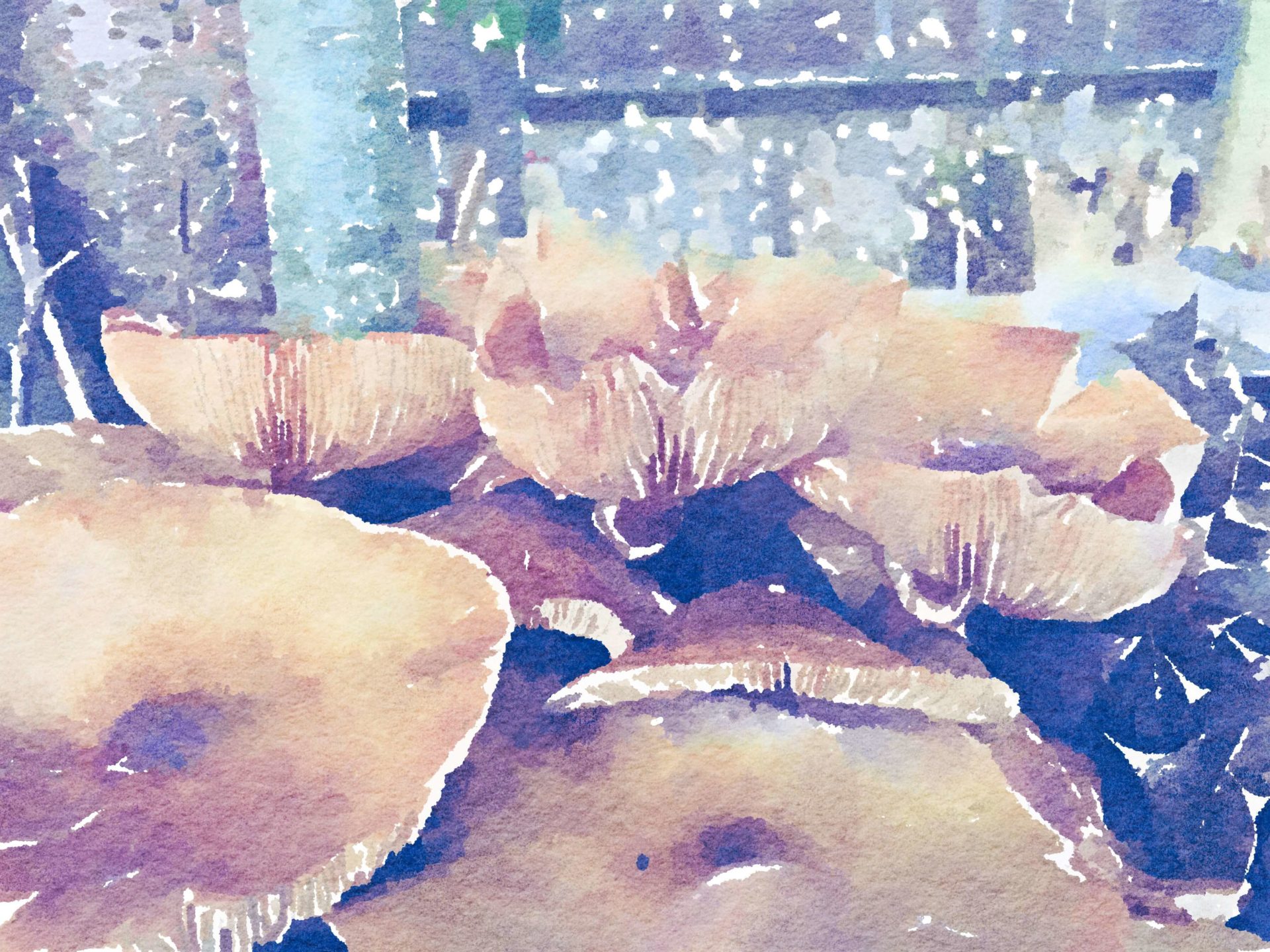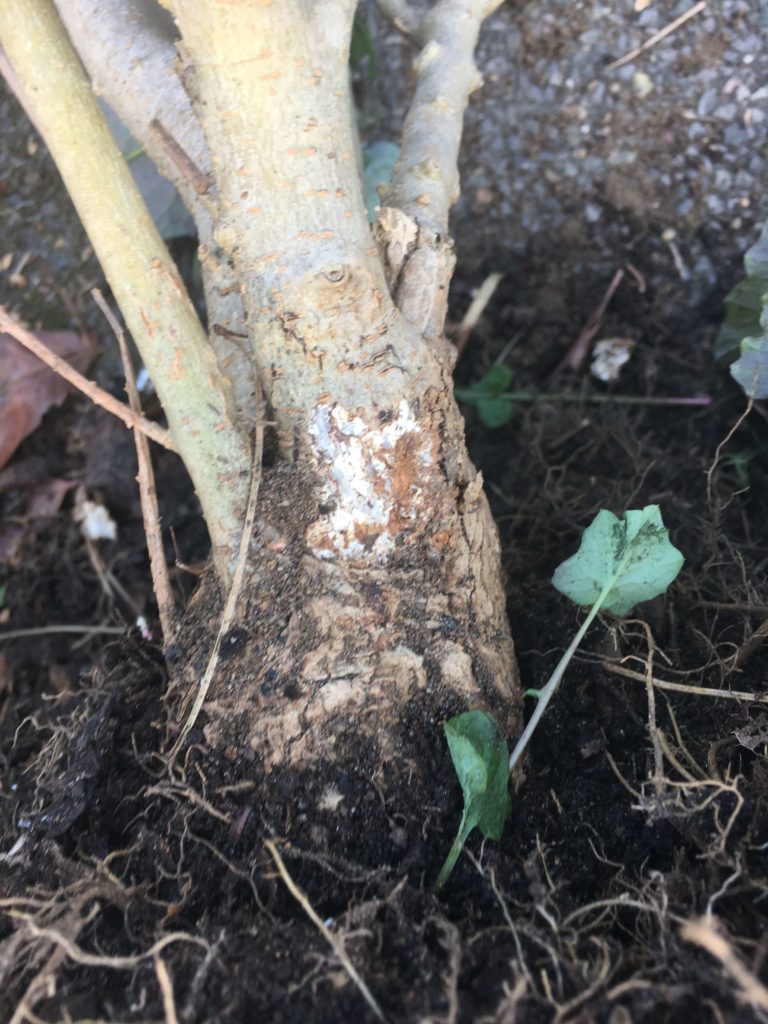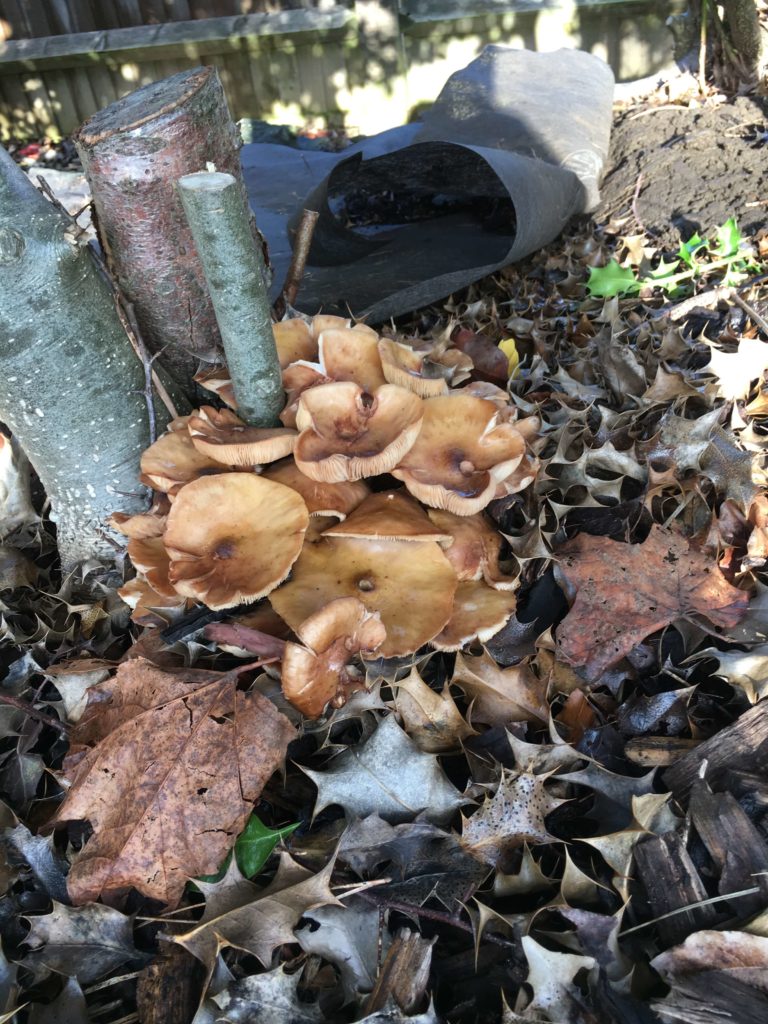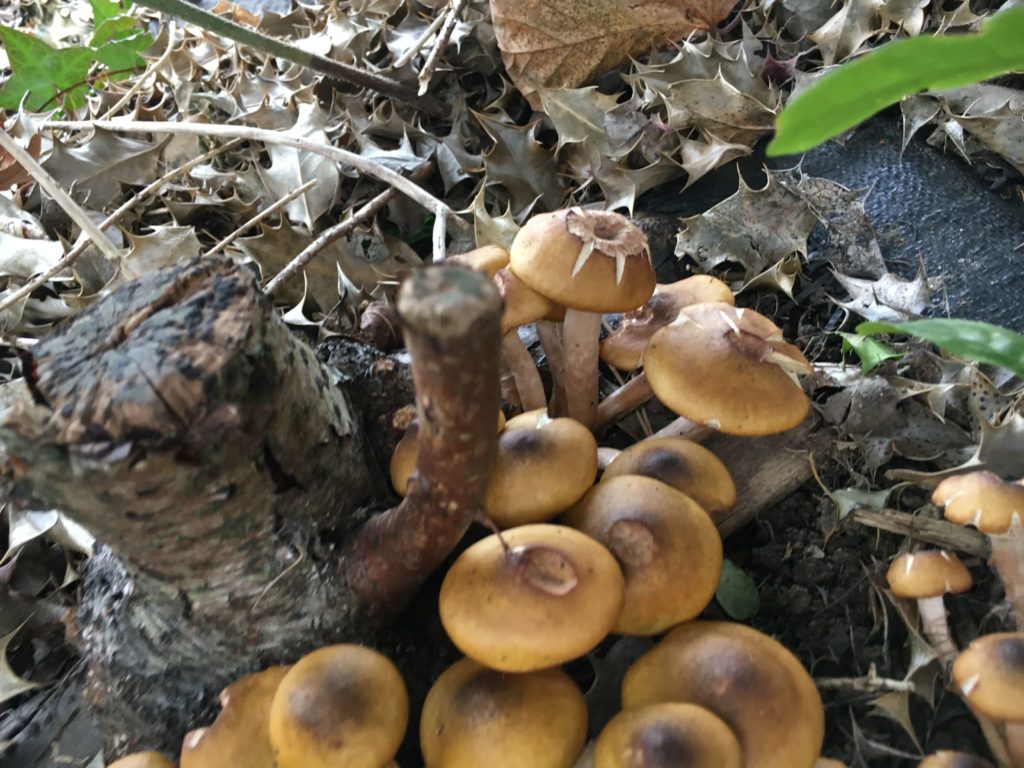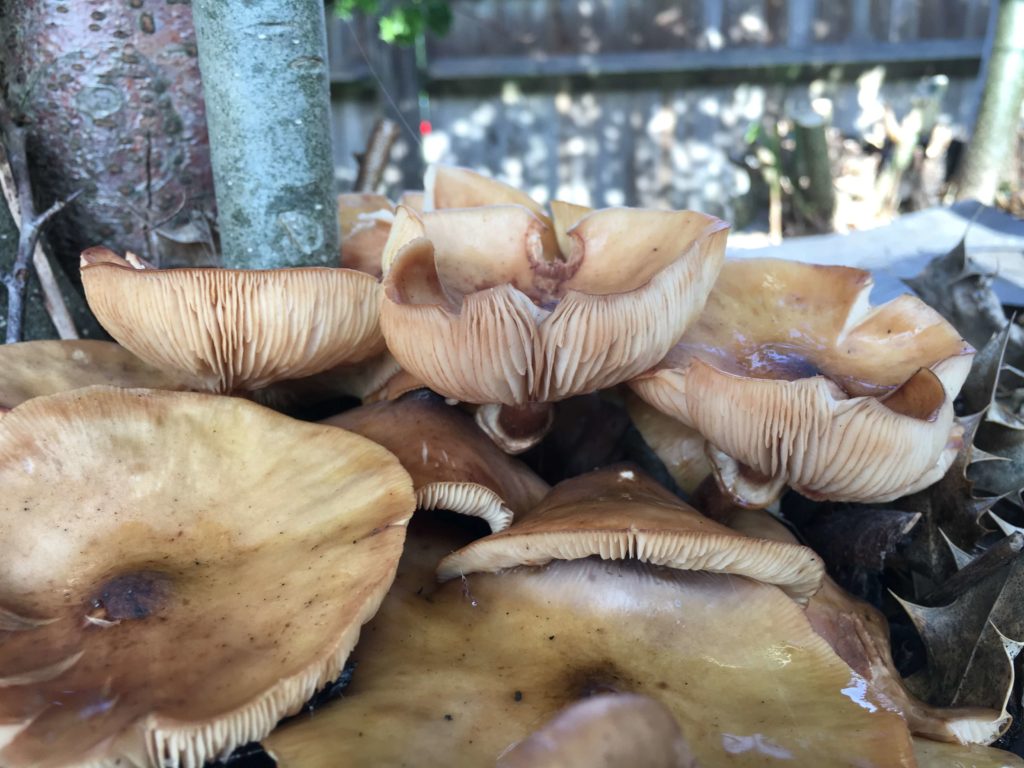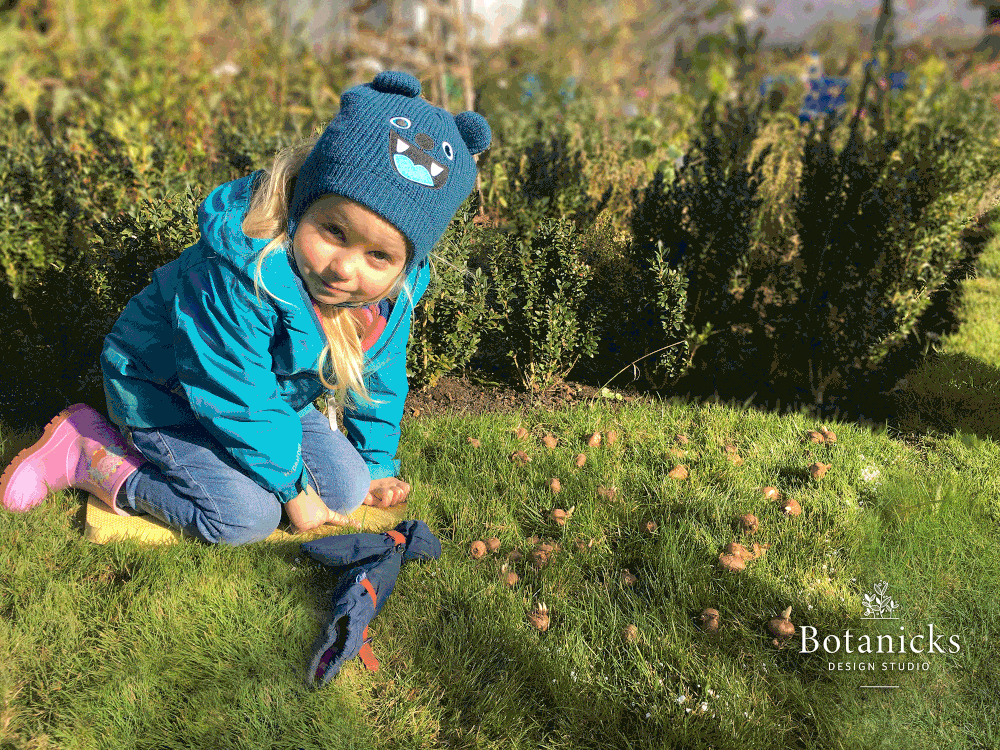As lovely as she is, I don’t covet my neighbour’s wife. Nor his house, ox and manservant. But I do, I confess, turn green with envy at the fabulous Ginkgo biloba that radiates from his front garden every autumn.
This unique species has been around a staggering 250 million years – that’s 100 million years before the first deciduous trees. Which explains its beautiful, weird-shaped leaves: I imagine nature was trying all sorts of stuff in those days.
Ginkgo is quite useful from a design perspective too:
- It’s a great feature tree if your garden has been ravaged by Honey Fungus (yes, that’s why your cherry/privet/birch suddenly died).
- It handles a wide range of conditions including polluted, windy, urban sites.
- If well placed, it’s the kind of tree that gets your garden noticed!
- If you find the name hard to say (or remember), you’re in good company: The father of scientific nomenclature, Carl Linnaeus, apparently made a typo when classifying this tree, and it’s been tricky to pronounce ever since. Thanks, Carl.
It is worth getting help to select which variety is best for you, and you need to choose the gender carefully: a male plant can trigger April/May pollen allergies, and the female’s rotting fruit makes durian smell like roses.
Oh well, no-one’s perfect. But it’s still 100% worth it.
Even if you have to break a commandment or two.
